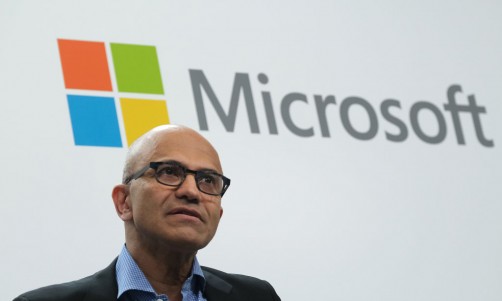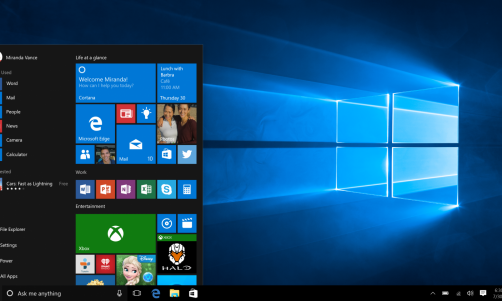Misinformation has been around for hundreds of years, but the internet has provided a way for it to spread much faster. It doesn't help that bad actors are using the convenient network to disseminate false information, but there are ways you can help reduce the problem when you do come across such content.

(Photo : Getty Images)
Be Wary of the Source
There are many credible sources online that you can rely on, but there are also countless groups and pages that mix false information with truthful ones. Those are more dangerous than the ones who are solely spreading fake news and information.
If you see significant news from an unreliable source first, it's best to look for sites that might've reported the same topic. This is important especially if the subject is sensitive and you intend to repost it to make others aware of certain situations.
Don't Always Trust Emotional Appeals
One of the techniques that bad actors use to make the lie more believable is by adding emotional factors. For example, some might encourage you to empathize with a particular candidate during elections by saying that they saved 25 babies during a fire.
It's not just positive things that can be used to lure you in. Misinformation campaigns come in many forms that can be used to tug on your emotions. Anyone can easily accuse other people or organizations of immoral or insensitive acts and practices to trigger outrage or distrust.
Report It
Of course, there's always the option to report the posts you see that are anything other than truthful. All posts across social media have the option to be reported, usually by clicking on the three-dot menu above or by the side of the post.
Some report options require you to choose a reason behind the report. Make sure that you tag it as misinformation so that moderators would know what to do with the post. Unfortunately, this doesn't always yield results, but if you're not the only one to do it, it will probably be taken down.
Read Also: Meta to Launch Fact-Checking on Threads Amid Rampant Misinformation
Look at More Than One Source
If credible outlets, pages, and groups don't have a report on the topic yet, you can always check on other sources to see if they're all saying the same thing. Just note that this is still not a guarantee and that it's quite possible for more than one source to be misinformed.
If you're not 100% sure, it's best to leave the topic alone until official news and announcements confirm it. If the information is critical or urgent, take it with a grain of salt and try to investigate for yourself.
Do the Extra Steps
Looking out for false information might not be enough. It would still be better if you help out others by pointing out that the post contains inaccuracies. You can do so by commenting on the post after you report it, just in case it is not flagged and taken down.
There are certain sites like X (formerly Twitter) that have systems in place that allow independent fact-checkers to address these situations. If you want, you can even join them by getting certified through the non-partisan International Fact-Checking Network.













